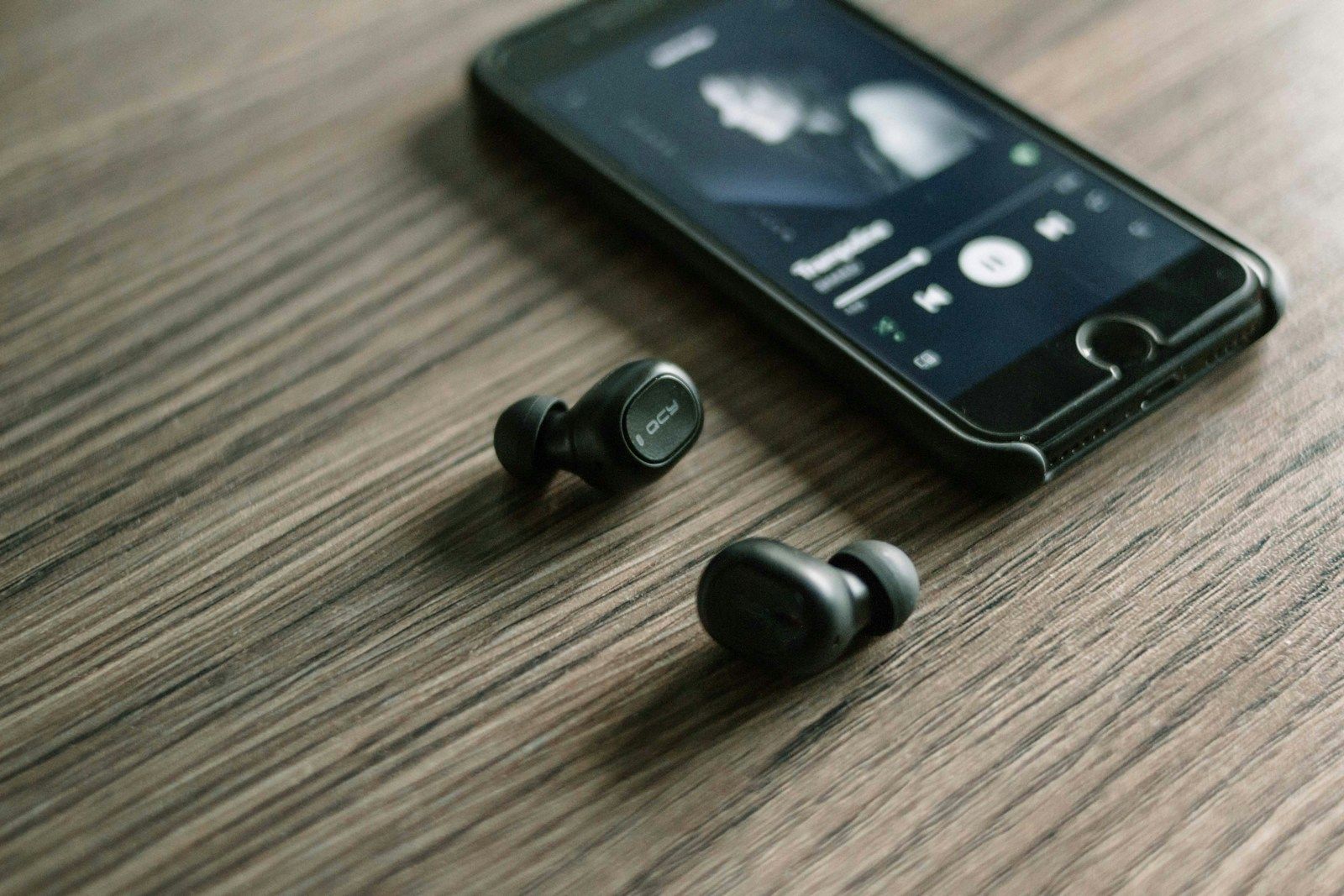Have you ever wondered how your favorite songs make it to Spotify, Apple Music, or YouTube? The answer lies in music distribution. If you’re an artist or someone just exploring the music world, understanding distribution is crucial. It’s like the highway that connects your music to the ears of fans worldwide. But don’t worry—this isn’t a technical maze. Let’s break it down step by step.
What is Music Distribution?
In simple terms, music distribution is the process of getting your music from your studio to platforms where people can listen to it. Think of it as a delivery system for your songs. Whether it’s a digital platform like Spotify or a physical CD in a store, distribution ensures your music is available to your audience.
How Does Music Distribution Work?
- You Create the Music: It all starts with you, the artist. You write, produce, and finalize your track.
- Choose a Distributor: A music distributor is like a middleman. They help you upload your music to platforms like Spotify, Apple Music, Amazon Music, and many others.
- Music Goes Live: Once your distributor does their job, your music becomes available for streaming, downloading, or purchasing.
Why Is Music Distribution Important?
Imagine you’ve made the best song of your life. But if nobody hears it, does it even exist? Distribution is the key to making sure your music reaches listeners. Here’s why it matters:
- Global Reach: Distribution lets people around the world access your music.
- Monetization: Platforms like Spotify pay artists per stream. Distribution enables you to earn money for your art.
- Fan Connection: It’s how you build a fanbase. The easier it is to find your music, the more likely people will share it.
The Types of Music Distribution
There are two main types: physical and digital. Let’s compare the two.
Physical Distribution
This is the old-school method. Think CDs, vinyl, or cassette tapes. Physical distribution involves shipping these formats to stores where people can buy them. Though less common now, vinyl records are making a comeback among collectors.
Digital Distribution
This is the most popular method today. It involves uploading your music to streaming platforms like Spotify, Apple Music, YouTube, and others. Digital distribution is fast, cost-effective, and global.
Choosing the Right Distributor
Now that you know what music distribution is, let’s talk about picking the right distributor. Not all distributors are the same. Some charge upfront fees, while others take a percentage of your earnings. Here are a few factors to consider:
- Cost: Do they charge a flat fee or take a cut of your royalties?
- Platforms Supported: Ensure they distribute to all major platforms.
- Additional Services: Some distributors offer extra perks like marketing tools or royalty tracking.
Popular options include:
- DistroKid: Great for independent artists.
- TuneCore: Known for its extensive platform reach.
- CD Baby: Offers both physical and digital distribution.
How to Get Started with Music Distribution
If you’re ready to distribute your music, follow these steps:
- Prepare Your Tracks: Ensure your music is high-quality and properly mastered.
- Create Cover Art: Platforms require artwork for each release.
- Sign Up with a Distributor: Choose the one that fits your needs.
- Upload Your Music: Follow your distributor’s process for uploading files.
- Promote Your Release: Share it on social media, email your fans, and build hype.
The Role of Streaming Platforms
Streaming platforms like Spotify and Apple Music have revolutionized music distribution. They offer algorithms and playlists that help listeners discover new music. Here’s how you can maximize your presence:
- Use Spotify for Artists: It lets you update your profile, track your stats, and pitch your music for playlists.
- Leverage Playlists: Getting your song on a popular playlist can boost your streams exponentially.
Challenges in Music Distribution
Like anything in life, music distribution comes with its challenges. Here are a few:
- Competition: Millions of tracks are uploaded daily. Standing out can be tough.
- Royalties: Streaming platforms pay small amounts per stream, so earning significant income requires high play counts.
- Piracy: Even in the digital age, illegal downloads still exist.
Tips for Successful Music Distribution
Want to make the most out of your distribution efforts? Here are some tips:
- Plan Your Release: Choose the right release date and build anticipation.
- Focus on Quality: High-quality music and artwork stand out.
- Engage Your Fans: Stay active on social media and interact with your audience.
- Track Your Analytics: Use tools provided by your distributor to understand your listeners.
The Future of Music Distribution
The music industry is always evolving. With new technologies like blockchain and NFTs, distribution might look very different in the future. These innovations could give artists more control and transparency over their earnings.
Final Thoughts
So, what is distribution in music? It’s the bridge between your creative work and the world. It’s essential for sharing your music, building a fanbase, and earning a living as an artist. With the right approach and tools, distribution can take your music career to new heights.
Related Articles:
For further reading, explore these related articles:
For additional resources on music marketing and distribution, visit DMT Records Private Limited.


















Leave a Reply